garlic is a LOT more cold tolerant than onion
daninthedirt (USDA 9a, HZ9, CentTX, Sunset z30, Cfa)
last year
last modified: last year
Related Stories
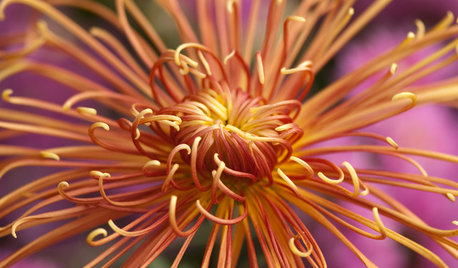
FALL GARDENINGMore Than Your Average Mum
With a huge range of flower colors and forms, chrysanthemums can be the star of your fall garden
Full Story
FLOWERS AND PLANTSAgave Weberi’s Spiky Leaves Stand Out in Drought-Tolerant Gardens
Weber’s agave is a Southwestern native that tolerates heat and cold, enhancing gardens of various styles
Full Story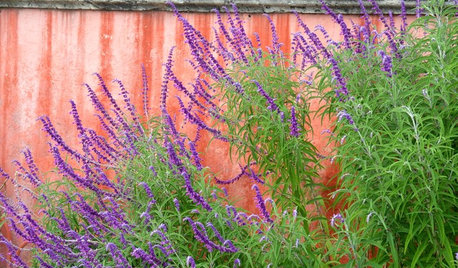
GARDENING GUIDES10 Plants for Colorful Fall Blooms in the Drought-Tolerant Garden
Want fall color but not a big water bill? Consider these not-too-thirsty fall bloomers
Full Story
LANDSCAPE DESIGNFlood-Tolerant Native Trees for Soggy Soil
Swampy sites, floodplains, even standing water ... if you've got a soggy landscape, these trees are for you
Full Story
INSPIRING GARDENSFrom Concrete Lot to Gracious Organic Garden in Seattle
Plants, pests and even weeds have a place in this landscape, which offers an edible bounty and a feast for the eyes
Full Story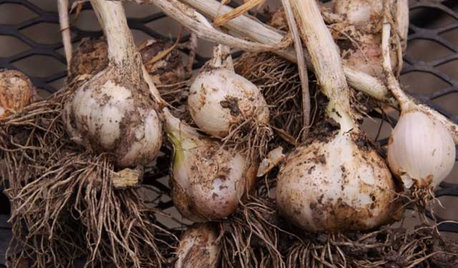
COOL-SEASON CROPSCool-Season Vegetables: How to Grow Garlic
Beloved in a wide range of dishes the world over, garlic thrives in a fall garden and is easy to grow
Full Story
LIFEYou Said It: ‘Art Is a Great Way to Begin the Tale’ and More Quotables
Design advice, inspiration and observations that struck a chord this week
Full Story
KITCHEN DESIGNTrick Out Your Kitchen Backsplash for Storage and More
Free up countertop space and keep often-used items handy by making your backsplash more resourceful
Full Story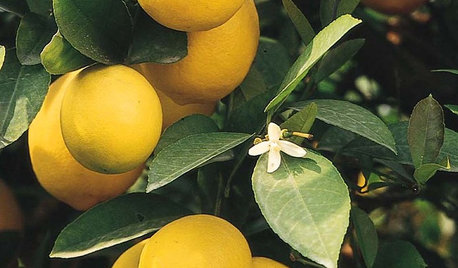
EDIBLE GARDENSThere’s a Lot to Love About a Meyer Lemon Tree
See how to grow this sweet fruit tree
Full Story
GARDENING AND LANDSCAPING10 Ways to Enjoy Your Outdoor Room More
Step up the comfiness and convenience of your porch, patio or yard to make time spent outdoors even better
Full Story





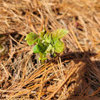
LoneJack Zn 6a, KC
HighColdDesert
Related Professionals
West Milford Landscape Architects & Landscape Designers · Barrington Hills Landscape Architects & Landscape Designers · Tomball Landscape Architects & Landscape Designers · McKinney Landscape Contractors · Chattanooga Landscape Contractors · Clayton Landscape Contractors · Davis Landscape Contractors · Desert Hot Springs Landscape Contractors · Fuquay-Varina Landscape Contractors · Kaysville Landscape Contractors · Paterson Landscape Contractors · Peachtree City Landscape Contractors · Petaluma Landscape Contractors · Setauket-East Setauket Landscape Contractors · Casselberry Landscape ContractorsLoneJack Zn 6a, KC
daninthedirt (USDA 9a, HZ9, CentTX, Sunset z30, Cfa)Original Author
daninthedirt (USDA 9a, HZ9, CentTX, Sunset z30, Cfa)Original Author
kevin9408
daninthedirt (USDA 9a, HZ9, CentTX, Sunset z30, Cfa)Original Author
daninthedirt (USDA 9a, HZ9, CentTX, Sunset z30, Cfa)Original Author
daninthedirt (USDA 9a, HZ9, CentTX, Sunset z30, Cfa)Original Author